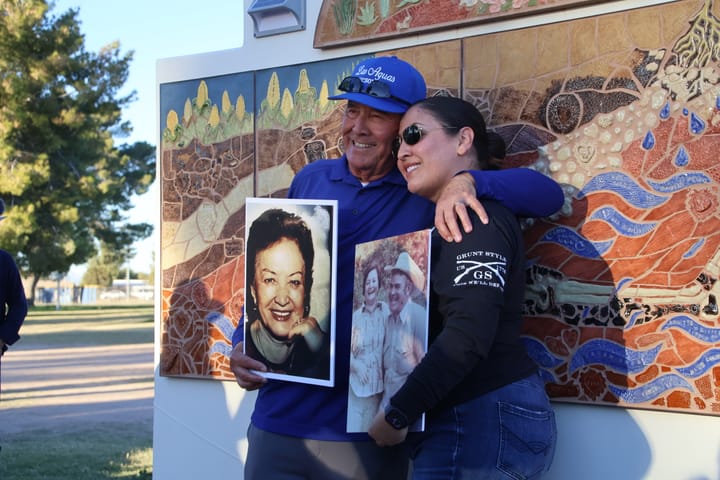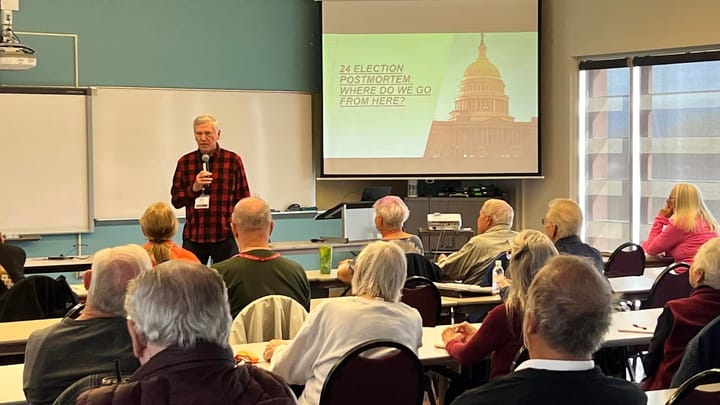Author revives El Con Mall’s legacy in 'Dead Mall Rising'
Tucson author and teacher Jon Paul Callahan's debut book explores the lost sense of community and nostalgia tied to Tucson’s once-thriving shopping landmark.
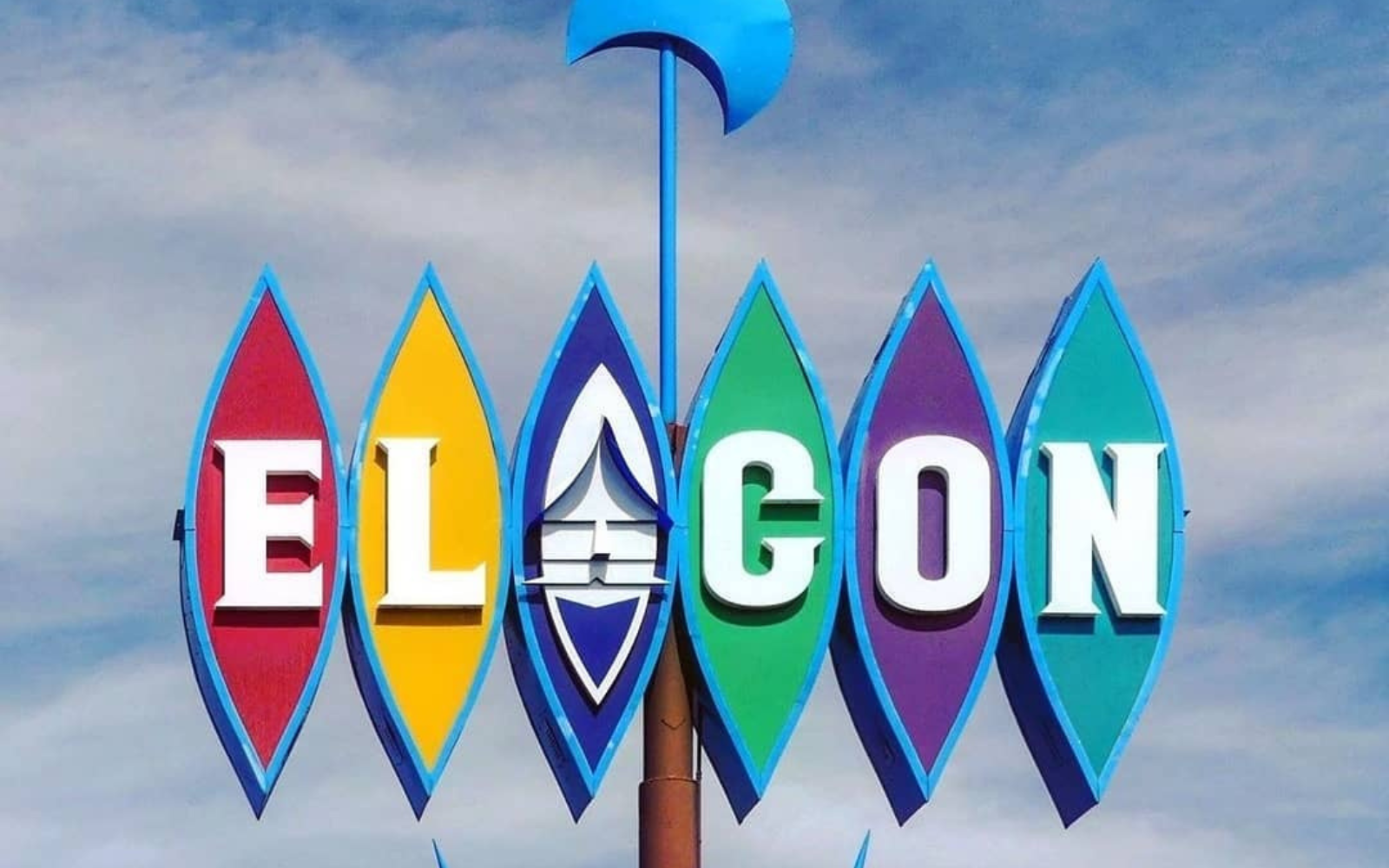
For nearly three decades, El Con Mall was one of Tucson’s hottest hangouts, bringing people together and shaping community memories.
After its slow decline in the late 1990s and demolition in 2011, the sense of community that surrounded El Con faded. But for author Jon Paul Callahan, the memories never did.
Callahan has channeled those memories into his first book, “Dead Mall Rising: The Story of El Con Mall,” which explores the history and nostalgia surrounding El Con Mall while weaving in case studies of shuttered malls across the U.S. and their broader cultural significance.
Born and raised in Tucson, Callahan is a father of three and a teacher at St. Cyril’s Elementary School.
Although he’s been writing since 2000, Callahan said he found his niche in nonfiction a few years ago and began writing “Dead Mall Rising” in 2020 during the pandemic.
“I never thought I'd ever write a book about a mall,” he told Tucson Spotlight. “I remember watching the news one night and they had pictures of cities that were abandoned and all these streets that were empty and Times Square, and it reminded me of when I had a writing experience at El Con Mall in 2010.”
Callahan was between careers when he began writing fiction at the nearly empty mall. With most stores boarded up and no internet access, El Con provided a quiet place to focus and write for three months.
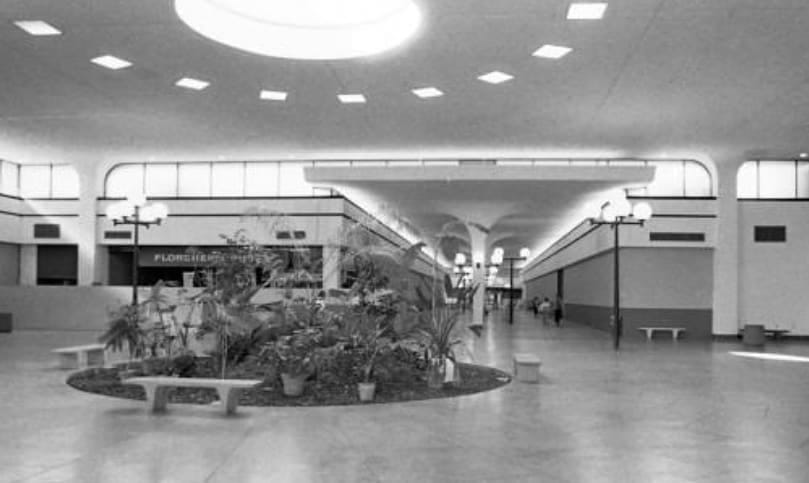
But his work of fiction never left the mall.
“I've always kind of wanted to be a writer, but I thought fiction was going to be what I wrote,” he said. “In 2000, I started seriously trying different attempts at writing fiction. They always kind of started and stopped and never really went anywhere.”
Those writing days were far from his first experiences at El Con.
He said the book will likely appeal to three groups: fans of dead malls, Gen X and millennial readers nostalgic for mall culture, and members of the broader Tucson community.
“There just used to be a lot more places where people would congregate, and when you take that away, it leads to more splintering and isolation,” he said. “I think the world still needs places where you can go to be around other people and experience community.”
Through his exploration of other dead malls, Callahan discovered a community of enthusiasts across the country, from videographers with YouTube channels devoted to dead malls, to Facebook groups and a Reddit page that ranks in the top 1% of all subreddits.
“Right now, the way it is, people just drive in, get what they need and leave,” Callahan said. “You know, there's nothing to keep people there, but if there were things like a community center, it's the perfect location in town and people would go there all the time. It has nothing but positive effects on the community, not just for the retailers itself there. It creates opportunities for people to get together and make memories.”
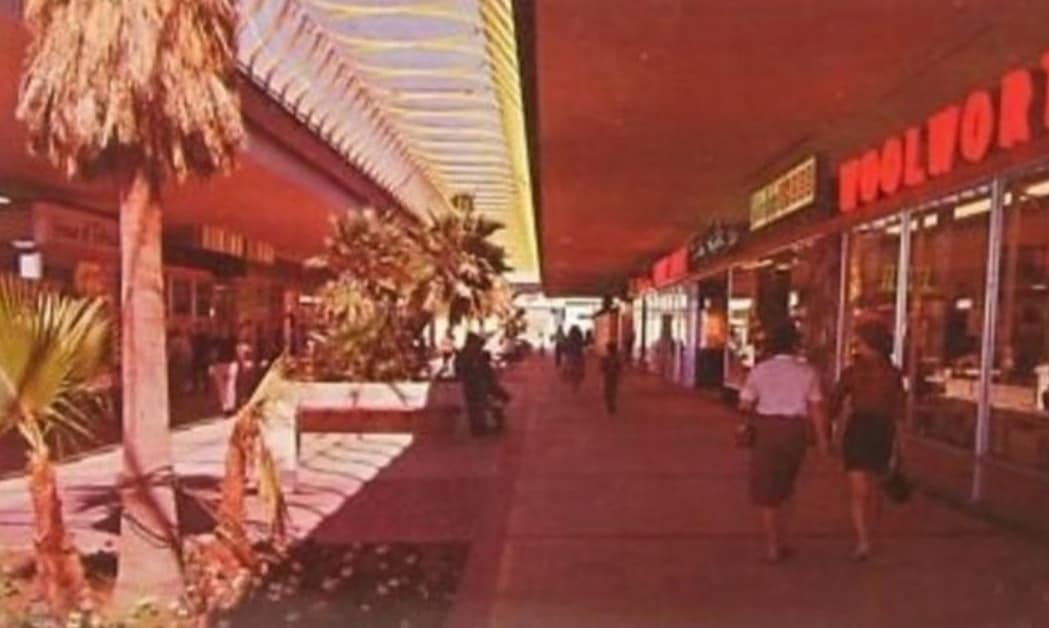
Before El Con Mall was built, the land was home to the El Conquistador Hotel, once considered the crown jewel of Tucson architecture. Wealthy travelers from the North and East often stayed at the hotel, which helped draw new residents and investment to the growing city.
The hotel was demolished in 1968 to make way for El Con Mall, which paid homage through its name. Tucson developer Joseph Kivel purchased the land to build both El Con and Park Place malls. While he had partial interest in El Con, he had full ownership of Park Place, and stood to gain more from its success, leading to the decline of El Con.
After Kivel’s death in 1996, his family sold both malls to General Growth Properties. El Con was demolished in 2011, with individual retailers eventually setting up shop in its place.
“That's kind of what it is today,” Callahan said. “It's just a big parking lot with big box stores and restaurants, but there's no community there or anything like that. And I'm sure that was difficult, especially since a lot of people had nostalgia tied to the place.”
One of the symbols that appears throughout Callahan’s book is a black pearl, representing knowledge and life before the internet age. Callahan plans to write another book expanding on this theme of pre-internet wisdom and keeping analog traditions alive.
“I talk a lot in the book about analog living. There's a certain importance to not relying so much on the internet, and our generations were kind of the last ones to experience life before everything went digital,” Callahan said. “I've seen both sides of the digital divide and I feel like I love technology. Don't get me wrong, I love everything that the internet brings and I think that's essential, but it's also essential to keep alive that other way of life before the internet.”
“Dead Mall Rising” is available on Amazon in paperback and Kindle. Callahan said he is also working to make it available through IngramSpark, a self-publishing platform.
Ruby Wray is a journalism and creative writing major at the University of Arizona and Tucson Spotlight intern. Contact her at rubywray@arizona.edu.
Tucson Spotlight is a community-based newsroom that provides paid opportunities for students and rising journalists in Southern Arizona. Please consider supporting our work with a tax-deductible donation.

